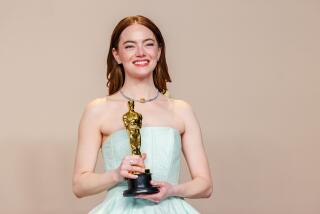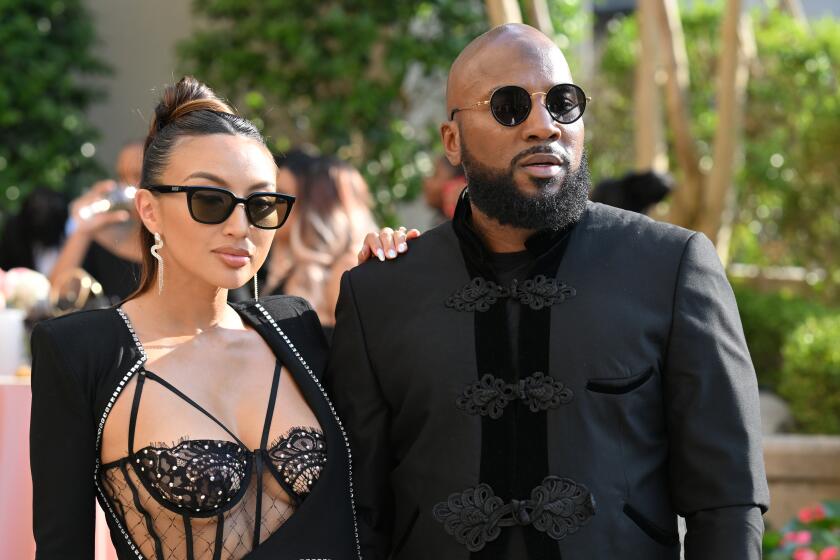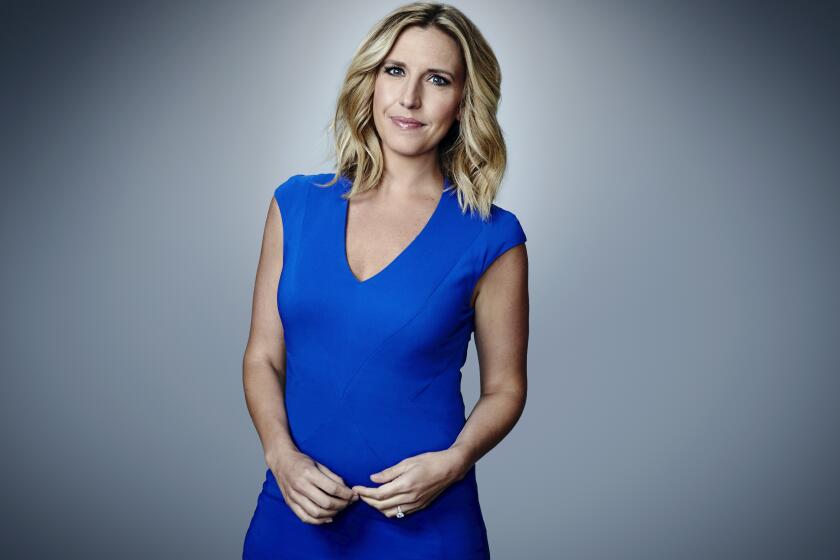She makes a colorful addition to any story
Most artists never know what their next gig will be, but color designer Michiyo Yasuda has worked with the same two people for 40 years.
Born in Tokyo in 1939, Yasuda joined the ink-and-paint section of the company Toei Doga -- now Toei Animation -- before she was 20. After honing her craft working on commercials and television series, she met animation legends Isao Takahata and Hayao Miyazaki and joined them on the production of 1968’s “Little Norse Prince.”
“Mr. Miyazaki and I were on the staff of the same film during my time working at Toei Doga,” Yasuda says. “As a color designer, I have worked with Mr. Miyazaki since the 1976 television series ‘3000 Leagues in Search of Mother.’ I have respected Mr. Miyazaki since our days at Toei Doga, and I have always loved his way of thinking.”
Since then, she has dedicated her career to creating color designs for both Takahata and Miyazaki on films, including 1978’s “Future Boy Conan,” 1984’s “Nausicaa of the Valley of the Wind,” 2001’s “Spirited Away,” 2004’s “Howl’s Moving Castle” and Miyazaki’s latest film, “Ponyo,” the story of a goldfish who wishes to become a little girl.
She announced her retirement after the production of “Ponyo,” and her life’s work is documented in the book “Animation no Iro-Shokunin” -- or “Color Artisan in Animation” -- by Ikuko Shibaguchi.
“When I first saw ‘Ponyo,’ I felt it was an attractive picture and also thought that Mr. Miyazaki was embarking on a new challenge in making this film,” she recalls. “I always get nervous and excited when a movie is finished, but I get happy too.”
The drawing board: When designing color for an animated film, the first step is to understand the director’s vision. “I was influenced by Mr. Miyazaki’s storyboards from the first time I saw them until the whole production ended,” she says. “When I saw Mr. Miyazaki’s storyboards, I was shocked and knew that I had to drop the old ideas of coloration that I had been relying on throughout my entire career. I wanted to specifically translate the storyboards’ color into film color, and I knew that this ‘Ponyo’ movie had to be created with a whole new coloration. I tried to create colors that were sometimes raging and other times really tense and gentle.”
Let’s get digital: Even though Yasuda is considered an expert in the realm of “ink and paint,” she rarely gets her hands dirty. “I choose and make the colors to be used, or what I want to use, but I do not physically paint,” she explains. “I do not use pallet and brush. It is digital painting, so I use Windows software called TOONZ. I have made and used many colors.”
The rainbow connection: For Yasuda, color is a storytelling tool that is every bit as powerful as words. “What I like best is when I am building up the colors in my head, thinking of how to get the tone worked out,” she says. “Color has a meaning, and it makes the film more easily understood. Colors and pictures can enhance what the situation is on screen.”
Red fish, blue fish: Sometimes, colors in animation reflect reality; other times, colors are expressions of pure fantasy. “When the production starts, I choose the colors for each character,” Yasuda says. “Colors don’t have a specific meaning -- I just choose which color fits each character. The reason Ponyo is pink -- or red -- is because she’s based on a red goldfish. In the scene where Ponyo is running on the waves, the color of the fish that transform into waves, I found that color on my first try. For that, I chose a color that can be both the fish and the sea simultaneously.”
Under the sea: Many of the most complex and striking colors in “Ponyo” derive from the film’s watery setting. “Colors vary from the basic ones to the colors when the character is in the water,” Yasuda says. “I want to show the audience how you see or feel the color in the water. The colors of the water vary from bright to the deep, dark sea. In choosing colors for the sea -- under the sea or the water itself -- I hoped that the character of Ponyo, her true love, Sosuke, and the viewers would all see and feel the beauty of nature in the film.”
--
More to Read
The biggest entertainment stories
Get our big stories about Hollywood, film, television, music, arts, culture and more right in your inbox as soon as they publish.
You may occasionally receive promotional content from the Los Angeles Times.






